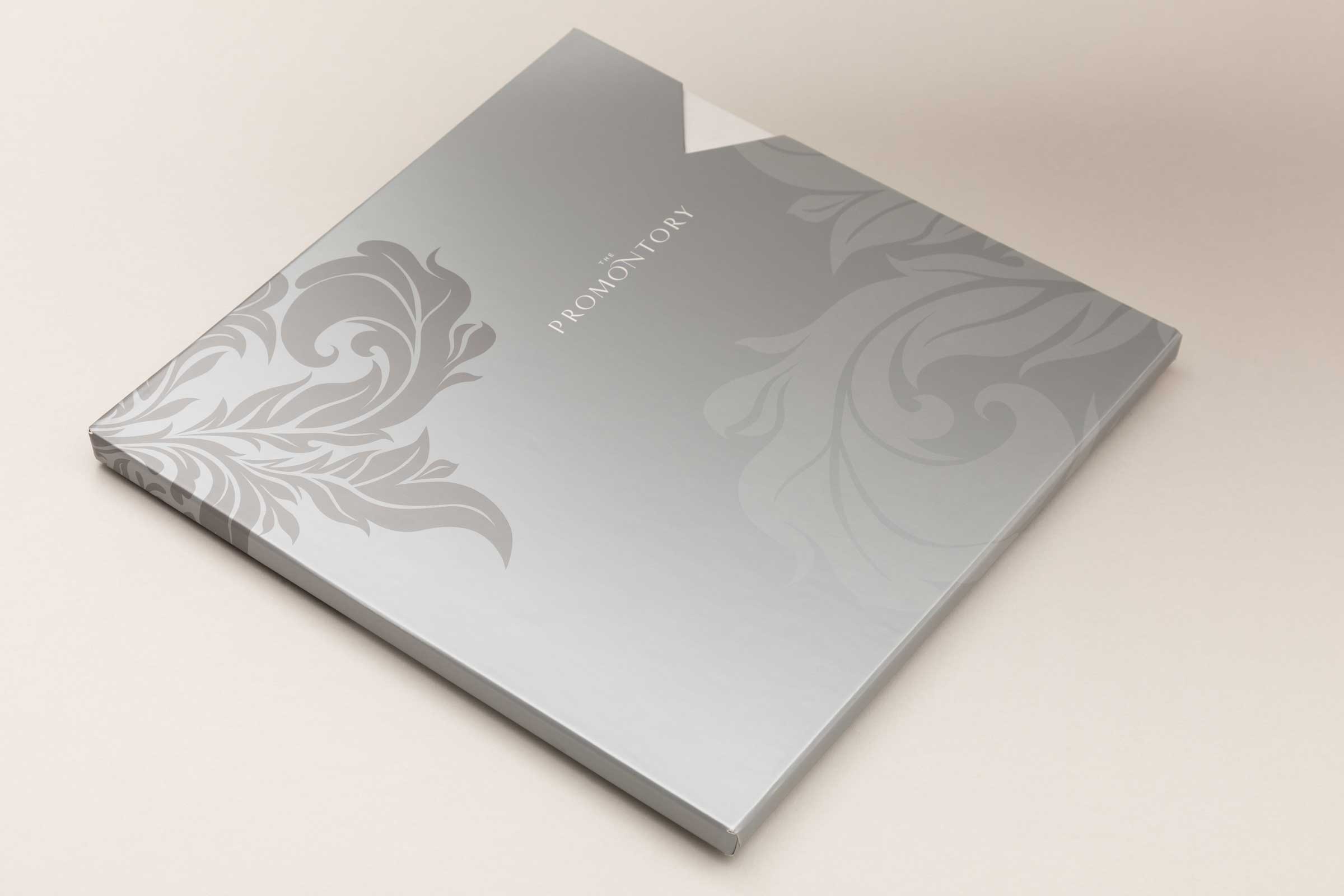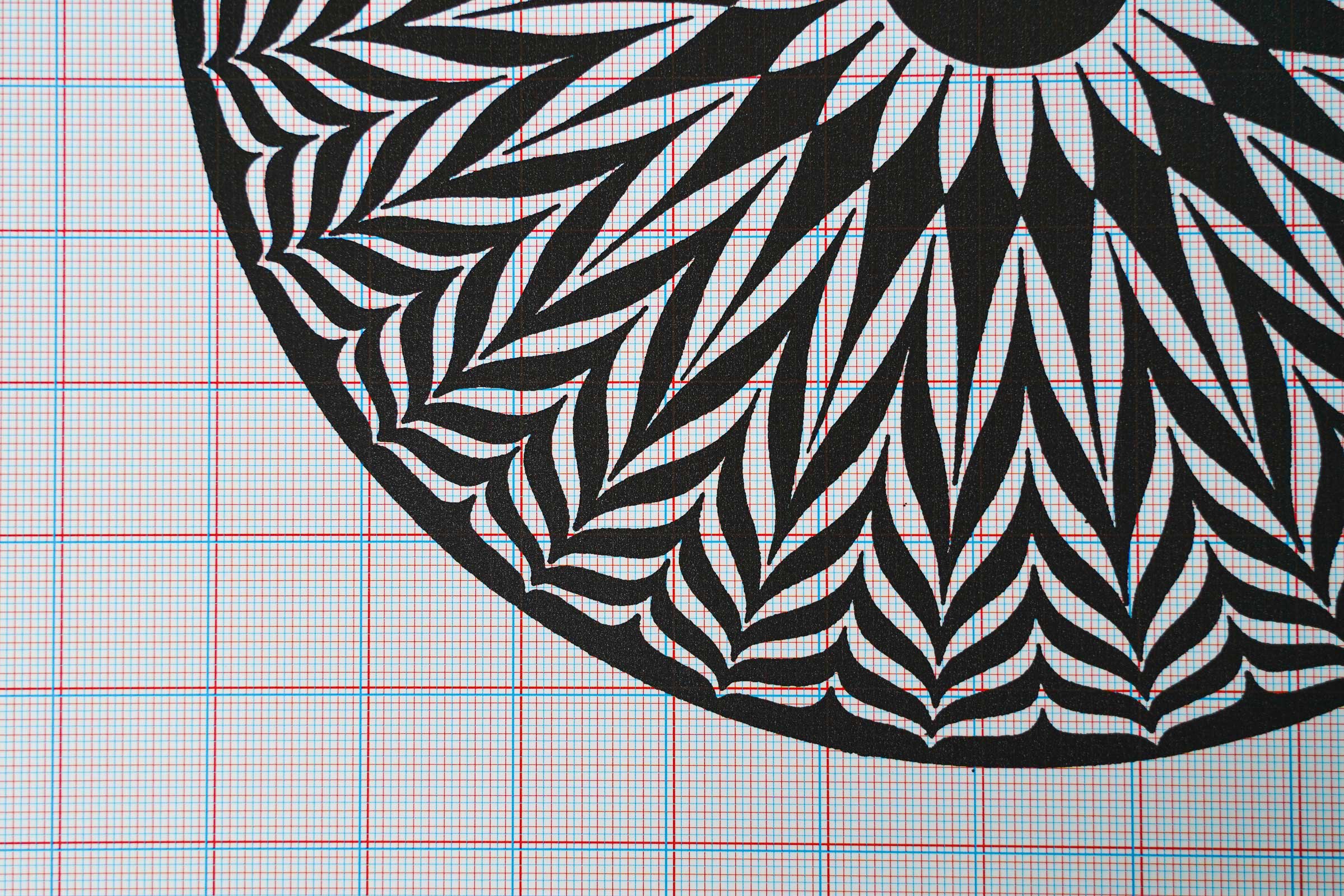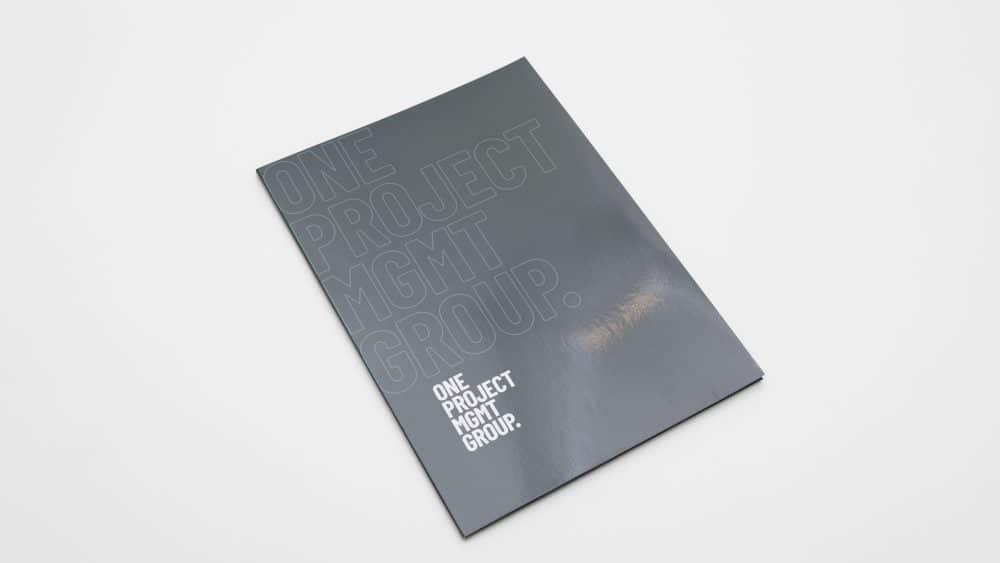Cello glazing is quite common as a finish for business cards, presentation folders and booklet covers.
It offers a high quality finish to your printed jobs, creating a high end, professional look and feel.
Cell glazing is created by adhering a thin sheet of film using heat and pressure. It has a smooth, silky feeling and also offers added protection and durability to your print job that is very difficult to remove. Not to be confused with spot uv, cello glazing typical covers the entire surface area of a printed product.

Matt or gloss.
Cello glazing is available in both gloss and matt options.
Matt cello is non-reflective and while it offers a silky, smooth finish, it can flatten out the colours in your printed piece. If you are looking to be able to write on your business card or print project, then we recommend using the matt cello as gloss is difficult to write on. Matt cello complements well with a spot UV feature, which can be applied to design elements on your print piece after the cello has been applied (read more here about spot uv).
Gloss cello offers a clear and shiny finish that tends to brighten and enhance your colours.
Often referred to as “cello” there are benefits to both the matt and gloss options.
Both options offer protection, strength and rigidness to your print project allowing it to be more durable or be able to stand upright. It’s a great option if your printed piece will be handled frequently or may encounter moisture.

To create a unique tactile experience in our 2020 calendar, I can see clearly now, we added a rough texture to the cello. You can see/feel this in the August artwork.



Comments are closed.